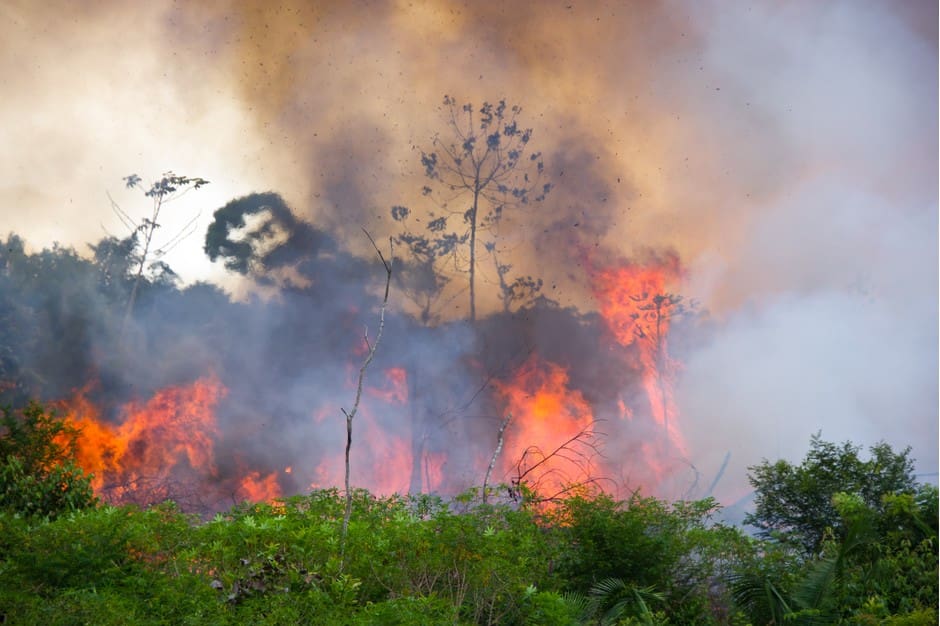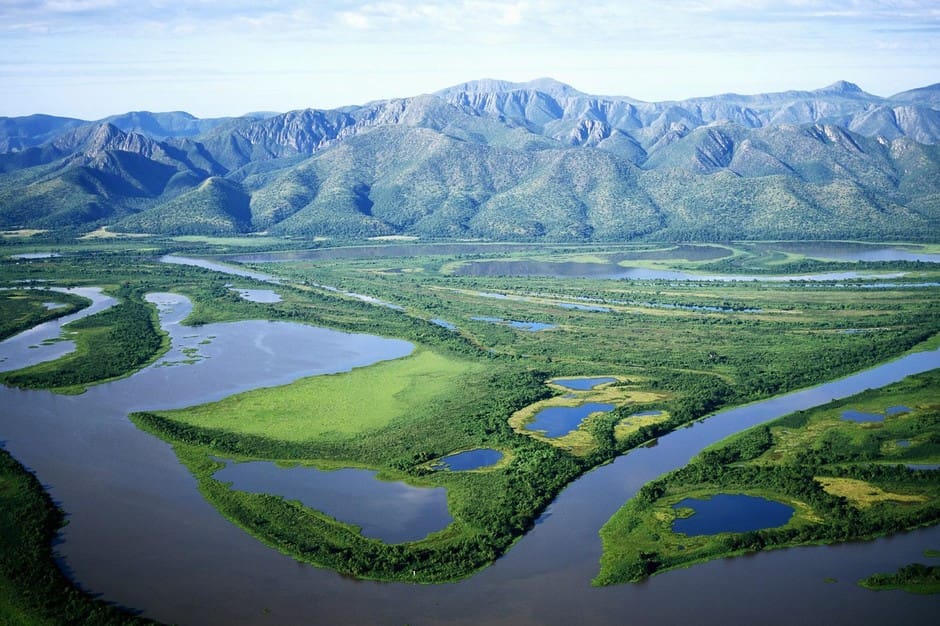A big cat conservation organisation estimates that at least 500 jaguars have been left homeless or deceased due to the devastating wildfires ripping through the Amazon rainforest.
Panthera have revised their estimates on the impact of the recent fires in the Amazon on the jaguar population. The charity’s initial estimate had been 100 in Brazil alone, but the number has since been revised to 500 homeless or dead jaguars in Brazil and Bolivia.

Dr. Esteban Payan, Panthera South America Regional Director says:
“Until the rains come, this number is likely to increase”.
This new estimate is based on the extent of the burning in combination with a jaguar density estimate of 2.5 jaguars per 100km2, meaning a higher number of animals were in harm’s way compared to other areas of the rainforest.
These devastating fires have seen a dramatic increase in 2019 compared to years previous, and are thought to be predominantly caused by human activity.

Areas of the forest are deliberately cleared to make way for farming. Trees are cut down, left to dry, and fires are set to completely strip the land. Some of these fires spread out of control and begin blazing through parts of the forest, which aren’t meant to be burned.
Dr. Howard Quigley, Jaguar Program and Conservation Science Executive Director commented:
“The shock waves of these exceptionally large and, for the most part, human-lit fires are being felt not only by the wildlife and people of Brazil and Bolivia, but also those in Peru and Paraguay,
These fires stand to directly impact the continent, and in the end, the health of the planet as they hurt one of the cradles of biodiversity and greatest counter forces against global warming.”
This method known as ‘slash-and-burn’ farming and is most often done illegaly. The problem is exacerbated by drought, as without sufficient rainfall the fires are allowed to spread rapidly.

The Pantanal, part of the world’s largest tropical wetland area (the Amazon Pantanal) is home to the world’s highest density of Jaguars. It also happens to be one of the areas most affected by the recent blazes, with 39,000 hectares lost in the Paraguayan portion alone.
The speed of this ‘fire epidemic’ in the Amazon means that there hasn’t been adequate time to develop sufficient conservation efforts. The jaguar has now lost nearly 40 per cent of its natural range due to these fires and deforestation.
The big cats who manage to survive the fires, now also face the challenge of loss of prey. Ironically the species that are easier for jaguars to catch, such as the slow-moving, nocturnal mammals, would also be more susceptible to the fires. The solitary cat species also face the additional danger of increased interactions and conflict with other jaguars as the surviving individuals are squeezed into smaller territories in search of food.
As if these threats weren’t enough, the jaguar population also faces the threat of direct killing. Farmers seeking retaliation for loss of livestock, and poachers who deal in the illegal wildlife trade both pose extreme danger. Jaguar pelts and body parts have become all the more valuable as tiger and lion populations fall.

It is not only jaguars at risk. The Amazon has a large variety of wild cat species including puma, ocelot, margay and jaguarundi.
The Amazon rainforest is home to ten per cent of all known species on earth. All of which could be affected if the burning continues at the current rate.
SOURCE: DISCOVER WILDLIFE
